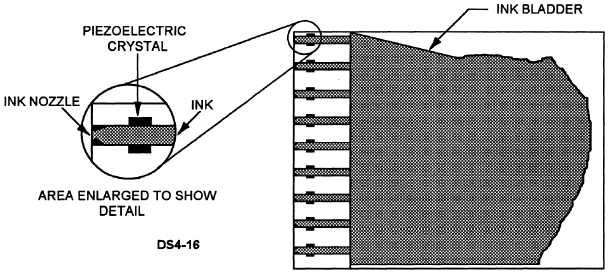Figure 12-15 shows a typical inkjet print head. The
ink in the reservoir is fed to the nozzles. Characters are
formed by spraying the ink in a series of dots, similar
to the dot matrix printer. At the output of each nozzle
is a small piezoelectric crystal that vibrates when an
electric signal is applied to it. The piezoelectric crystals
act as small pumps to squeeze the ink out. When a dot
is needed, the control circuits send a driver signal to the
crystal, which causes it to vibrate, squeezing the nozzle
tube and forcing a drop of ink onto the paper.
Some ink jet printers use the bubble jet printing
process. In this process, the piezoelectric crystals are
replaced with small heaters. When a drop of ink is
needed, a pulse applied to the heaters causes an air
bubble to form in the ink nozzle.
This rapidly
expanding air bubble forces a drop of ink out of the
nozzle and onto the paper. When the drive pulse is
removed, the heaters cool almost instantly, creating a
vacuum in the nozzle, which draws more ink from the
reservoir.
Ink jet printers produce letter quality print. They
are quiet, fast, and flexible. Some color printer
manufacturers prefer the ink jet method for printing. To
print color, three print heads are activated
simultaneously. The amount of each primary color
sprayed on the paper combines with the others to form
all the colors of the spectrum.
SUMMARY—PRINTERS
This chapter has introduced you to the basic
concepts of several different printers and printing
techniques. The following information highlights
important points you should have learned.
FUNDAMENTALS OF PRINTING— All
printers exist to transform electronic digital data to a
hard copy that we humans can comprehend. To ensure
that printers and the host computer are speaking the
same language, several printing standards have been
developed.
CHARACTER SETS— A character set defines all
the characters a printer can print. The original character
set is known as the American Standard Code for
Information Interchange, or ASCII codes. With the
development of graphic capable printers, most word
processing programs offer a wide range of character
sets.
LINE CHARACTERISTICS— Line character-
istics refers to how the characters are printed on a page.
They include the typeface, spacing (fixed or
proportional), and size.
ORIENTATION— Orientation is how the text is
printed on a page: portrait or landscape. In portrait
mode, text is printed across the width of the page; in
landscape mode, text is printed across the length of the
page.
BASIC PRINTER CHARACTERISTICS— All
printers have several functions in common: interface
section, control section, control panel, paper-feed
assemblies, and power supply.
INTERFACE SECTION— The interface section
controls the exchange of data between the host
computer and the printer. There are several types of
interfaces. Mainframe computers used with shipboard
systems use standard NTDS interface protocols.
Minicomputers and personal computers use either a
Figure 12-15.—An ink jet print head.
12-14

